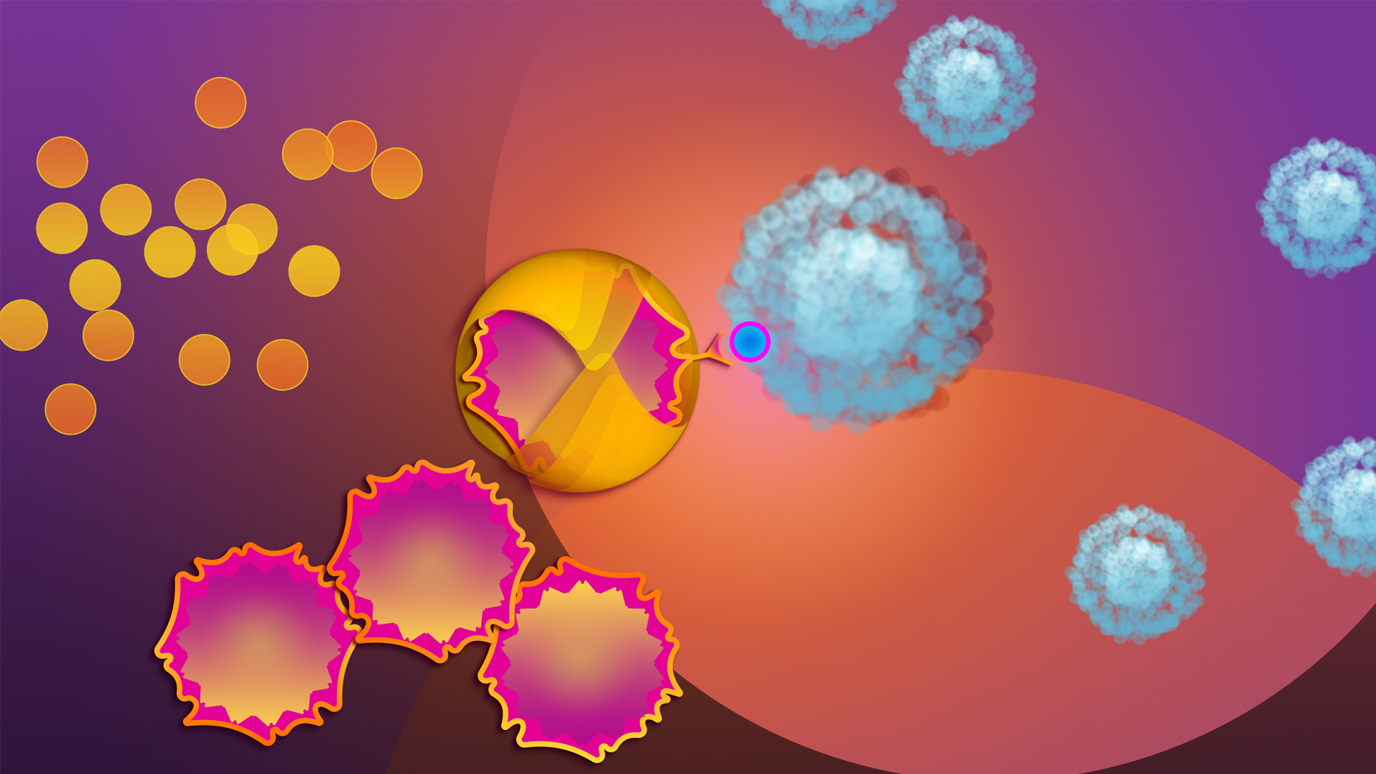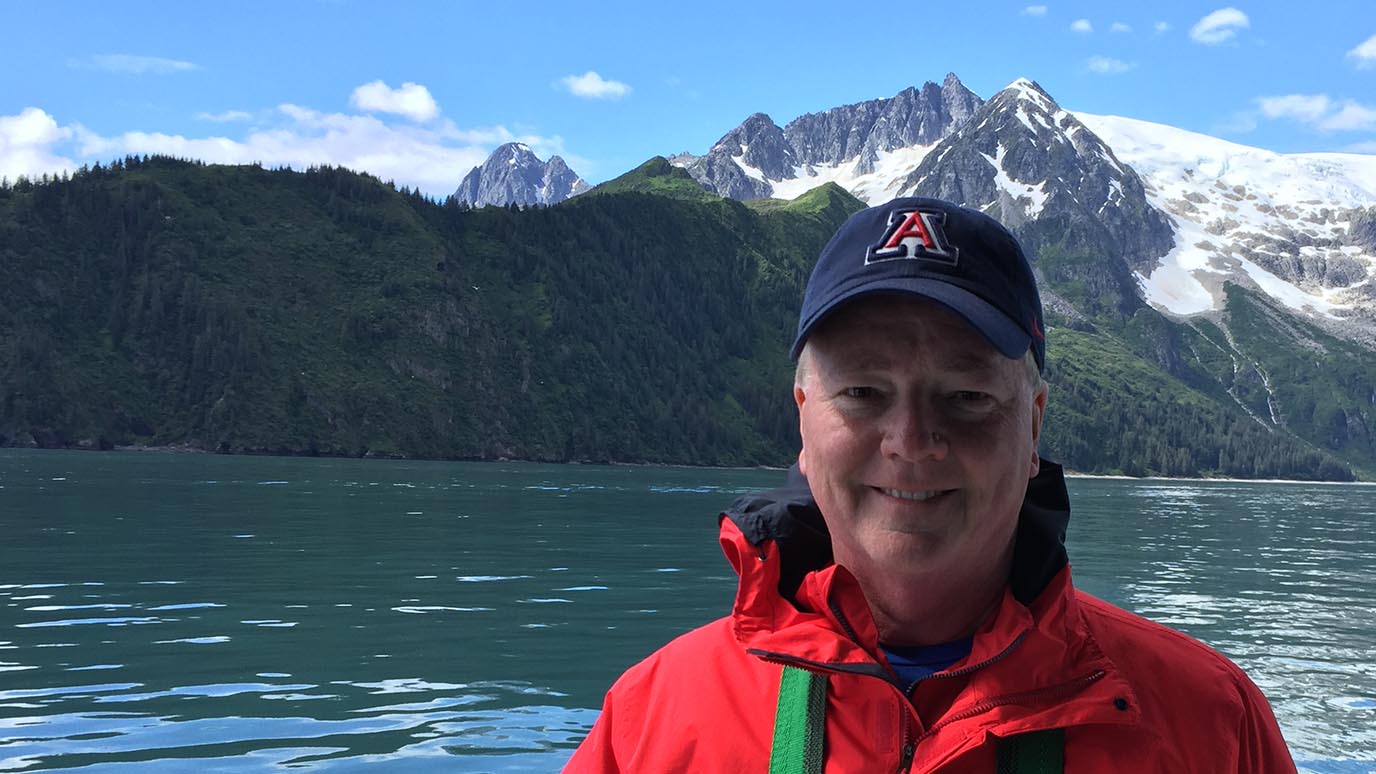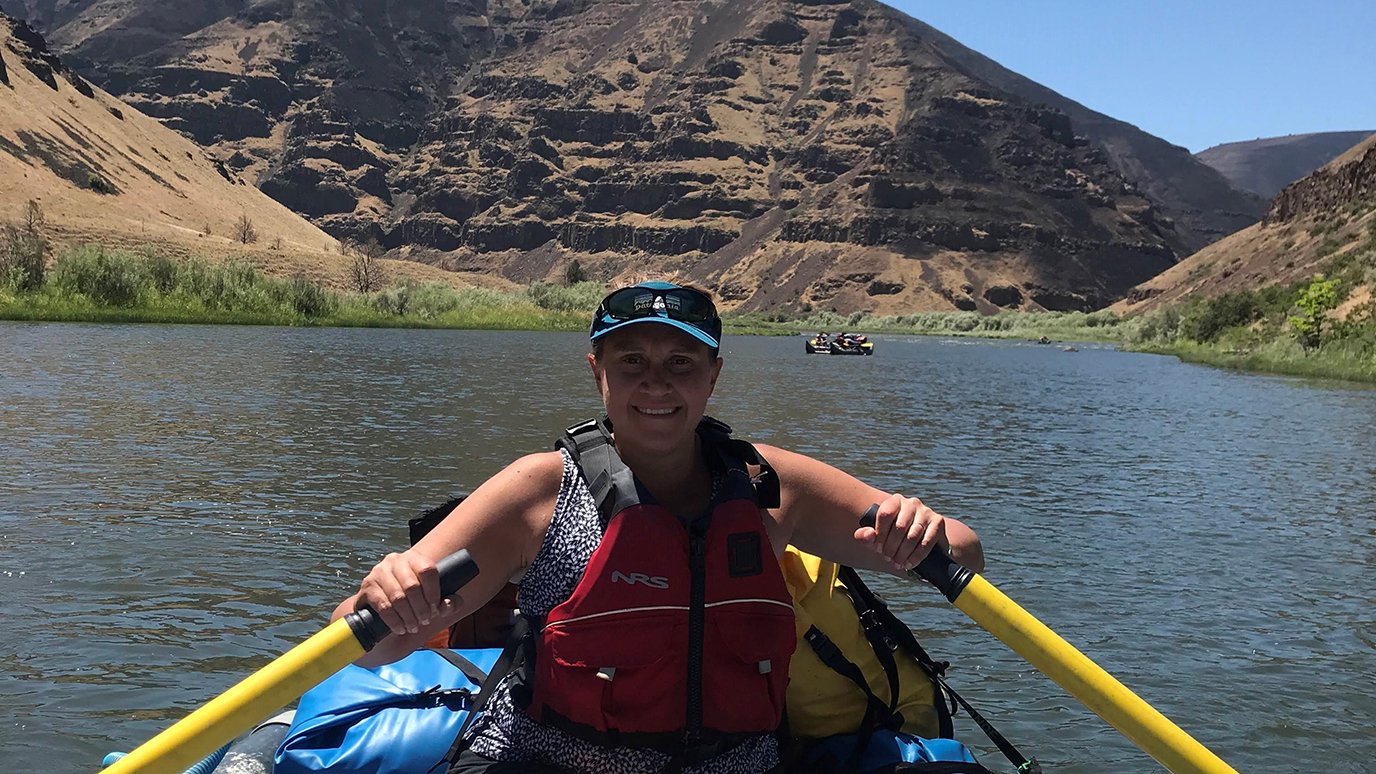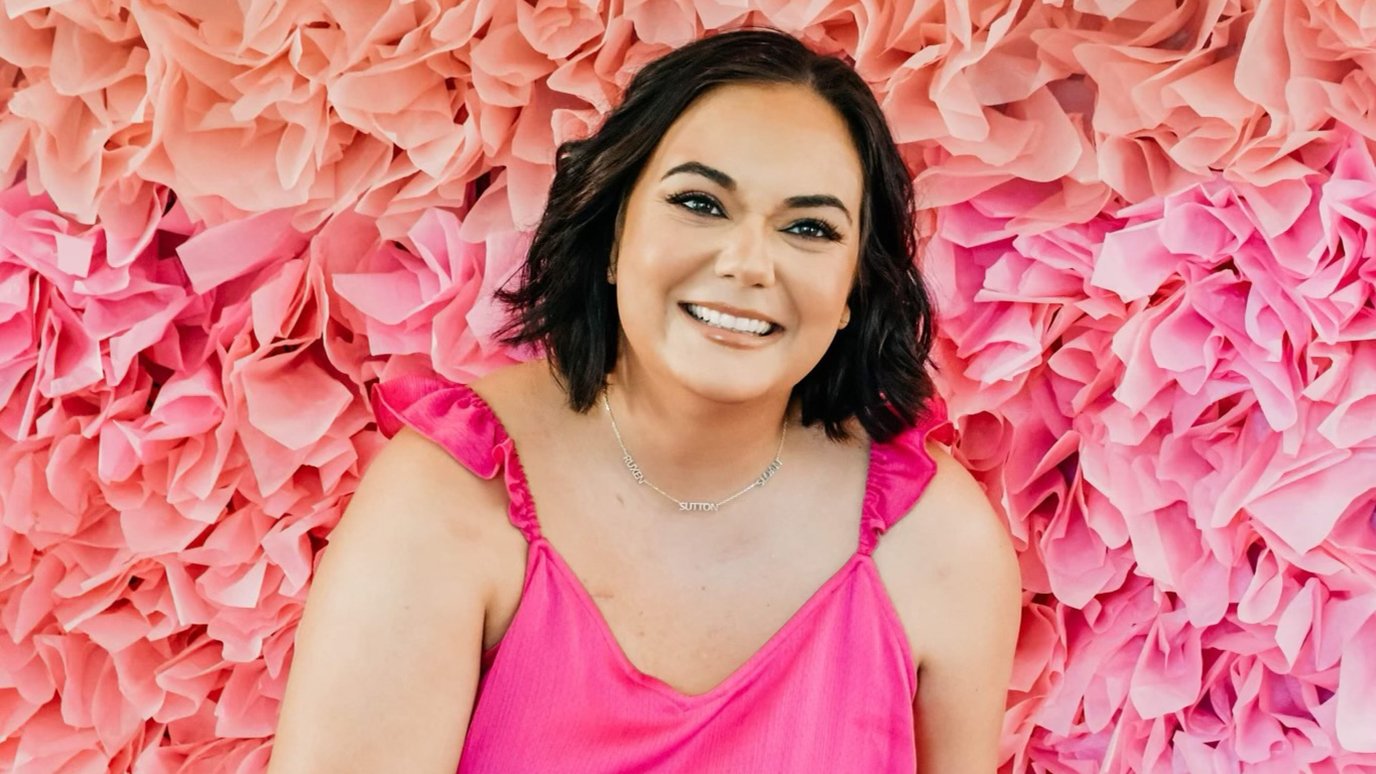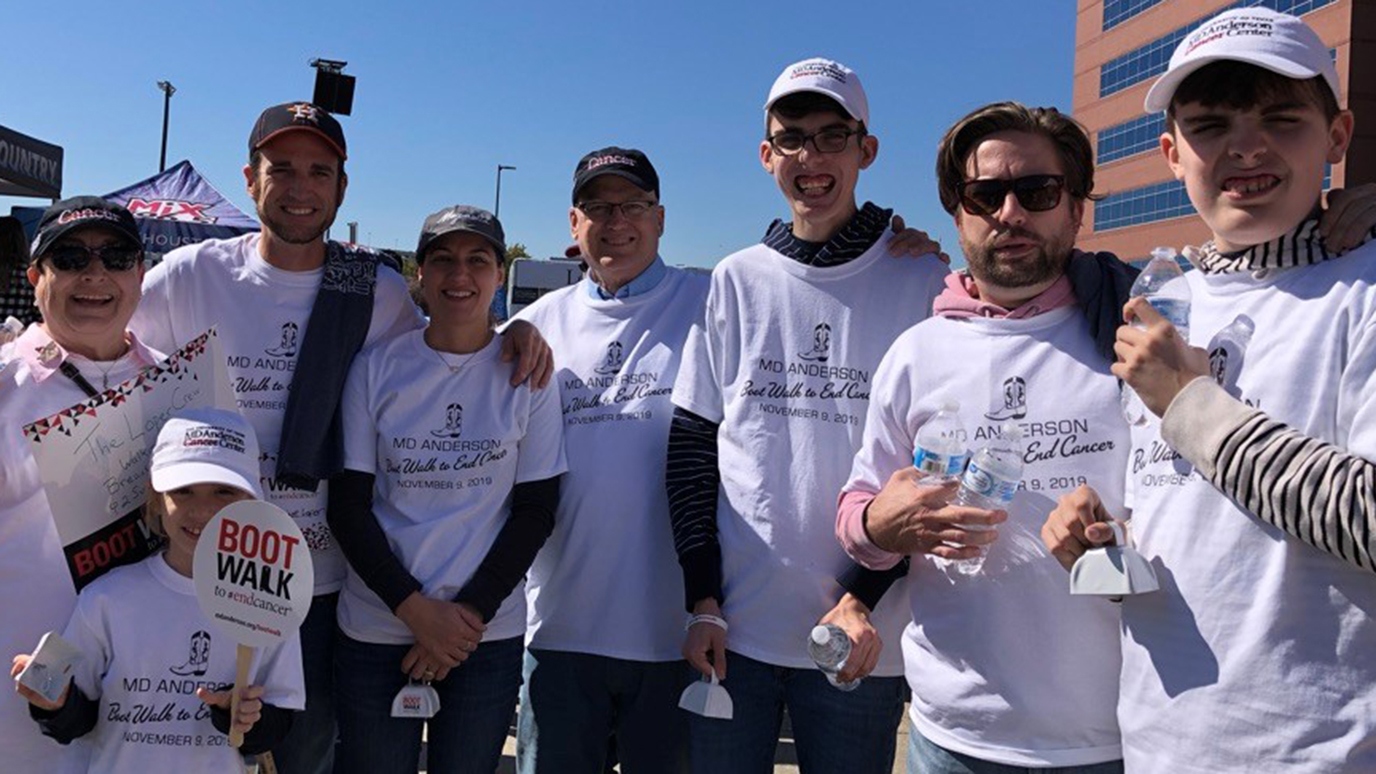- Diseases
- Acoustic Neuroma (14)
- Adrenal Gland Tumor (24)
- Anal Cancer (68)
- Anemia (2)
- Appendix Cancer (16)
- Bile Duct Cancer (26)
- Bladder Cancer (72)
- Brain Metastases (28)
- Brain Tumor (232)
- Breast Cancer (714)
- Breast Implant-Associated Anaplastic Large Cell Lymphoma (2)
- Cancer of Unknown Primary (4)
- Carcinoid Tumor (8)
- Cervical Cancer (158)
- Colon Cancer (166)
- Colorectal Cancer (118)
- Endocrine Tumor (4)
- Esophageal Cancer (44)
- Eye Cancer (36)
- Fallopian Tube Cancer (8)
- Germ Cell Tumor (4)
- Gestational Trophoblastic Disease (2)
- Head and Neck Cancer (12)
- Kidney Cancer (128)
- Leukemia (342)
- Liver Cancer (50)
- Lung Cancer (286)
- Lymphoma (278)
- Mesothelioma (14)
- Metastasis (30)
- Multiple Myeloma (100)
- Myelodysplastic Syndrome (60)
- Myeloproliferative Neoplasm (6)
- Neuroendocrine Tumors (16)
- Oral Cancer (100)
- Ovarian Cancer (172)
- Pancreatic Cancer (160)
- Parathyroid Disease (2)
- Penile Cancer (14)
- Pituitary Tumor (6)
- Prostate Cancer (146)
- Rectal Cancer (58)
- Renal Medullary Carcinoma (6)
- Salivary Gland Cancer (14)
- Sarcoma (238)
- Skin Cancer (296)
- Skull Base Tumors (56)
- Spinal Tumor (12)
- Stomach Cancer (64)
- Testicular Cancer (28)
- Throat Cancer (92)
- Thymoma (6)
- Thyroid Cancer (98)
- Tonsil Cancer (30)
- Uterine Cancer (80)
- Vaginal Cancer (16)
- Vulvar Cancer (20)
- Cancer Topic
- Adolescent and Young Adult Cancer Issues (20)
- Advance Care Planning (10)
- Biostatistics (2)
- Blood Donation (18)
- Bone Health (8)
- COVID-19 (362)
- Cancer Recurrence (120)
- Childhood Cancer Issues (120)
- Clinical Trials (632)
- Complementary Integrative Medicine (22)
- Cytogenetics (2)
- DNA Methylation (4)
- Diagnosis (232)
- Epigenetics (6)
- Fertility (62)
- Follow-up Guidelines (2)
- Health Disparities (14)
- Hereditary Cancer Syndromes (126)
- Immunology (18)
- Li-Fraumeni Syndrome (8)
- Mental Health (116)
- Molecular Diagnostics (8)
- Pain Management (62)
- Palliative Care (8)
- Pathology (10)
- Physical Therapy (18)
- Pregnancy (18)
- Prevention (918)
- Research (392)
- Second Opinion (74)
- Sexuality (16)
- Side Effects (604)
- Sleep Disorders (10)
- Stem Cell Transplantation Cellular Therapy (216)
- Support (402)
- Survivorship (322)
- Symptoms (182)
- Treatment (1786)
Myelodysplastic syndrome survivor: Why I joined a clinical trial
BY Jon Hendren
4 minute read | Published April 11, 2022
Medically Reviewed | Last reviewed by an MD Anderson Cancer Center medical professional on April 11, 2022
I’d never heard of myelodysplastic syndrome (MDS) before I was diagnosed with it in November 2019. So, I didn’t know it was a bone marrow disorder that could turn into acute myeloid leukemia.
But I learned very quickly how serious it was after two local oncologists told me I didn’t have much time left. Treatment would only buy me a little more. I thought, “That’s bull crap,” and started looking around for a third opinion.
Soon, I began noticing the same three names crop up over and over again in my research. Two were at MD Anderson: Dr. Guillermo Garcia-Manero and Dr. Richard Champlin. I thought, “These must be THE guys to see about myelodysplastic syndrome.”
It turns out I was right. And one of the reasons I chose MD Anderson for my myelodysplastic syndrome treatment was because Drs. Champlin and Garcia-Manero work there. The other was because it offered more clinical trials than anywhere else. And with those options came hope.
My myelodysplastic syndrome symptoms
Ironically, what made me a good candidate for a stem cell transplant was also the same thing that almost cost me my life.
Eight years ago, I was 45 pounds overweight and fairly sedentary. My older brother, a triathlete, told me bluntly that I was fat and out of shape. He said I should make some lifestyle changes soon or I’d start having real health problems.
I realized he was right, so I started eating more plant-based foods and took up running. As the pounds came off, I started participating in marathons. Eventually, I challenged myself further with ultra-marathons.
That’s when I finally started feeling tired. I chalked it up to my training schedule. And even though my doctor noticed I was anemic during my annual physical in 2018, I put off getting the additional lab tests he wanted for more than a year, because otherwise, I felt fine. By the time I realized I’d been experiencing symptoms of myelodysplastic syndrome, oncologists near my home in Indianapolis said the most they could offer was maintenance chemotherapy after a stem cell transplant.
My MDS treatment
Coming to MD Anderson from Indiana was a little intimidating. Houston is the fourth-largest city in the U.S. And MD Anderson alone has about 22,000 employees. That’s more people trying to keep you alive than all the commuters working in downtown Indianapolis combined.
The waiting room in MD Anderson’s Leukemia Center was bigger than any waiting room I’d ever seen. There must have been about 250 people on the eighth floor that day in late 2019, when I first stepped off the elevator.
But my care team’s bedside manner could not have been warmer or more professional. I knew I was in the right place when I first met with Dr. Garcia-Manero. He took time to sketch out his plan for me on a piece of paper. He said, “OK. Here’s how it works,” and then he drew it all out and explained it.
His recommendation was a clinical trial involving two rounds of chemotherapy. I’d be getting a very strong combination called “CLIA-ven,” which stands for cladribine, cytarabine, idarubicin, and venetoclax. After that, I’d have a stem cell transplant. If the chemotherapy worked, we could find a matched donor for the transplant. If I didn’t develop GVHD afterward, I had about a 50/50 chance of surviving five more years, maybe even longer.
A cancer diagnosis either makes you resigned or determined. I wanted to be in the percentage that lives. So, I said, “Let’s do it.”
Living like there’s no tomorrow after my stem cell transplant
I started getting chemotherapy infusions at MD Anderson through the clinical trial on Jan. 11, 2020. My younger brother turned out to be a perfect match, so he donated his stem cells for Dr. Champlain to use during my transplant on March 11, 2020.
In the days and weeks that followed, I experienced a number of side effects, including diarrhea, nausea, mucositis, and pain in my head and feet. Two years later, all I have left is a little residual chemobrain and some arthritis in my hands and shoulders. It doesn’t prevent me from doing anything I want to do, though. I’ve gone back to running and am living like there’s no tomorrow.
I am so grateful today for MD Anderson. After being told by doctors elsewhere that I didn’t have much time left, here I am in remission, more than two years later. MD Anderson’s doctors and staff literally saved my life — by delivering incredibly personalized care at the highest level possible.
Having cancer has made me look at things very differently. Sitting in traffic, for instance, no longer bothers me. And standing in line just gives me more time to think about how lucky I am.
Request an appointment at MD Anderson online or by calling 1-888-925-9053.
Related Cancerwise Stories

Standing in line just gives me more time to think about how lucky I am.
Jon Hendren
Survivor

